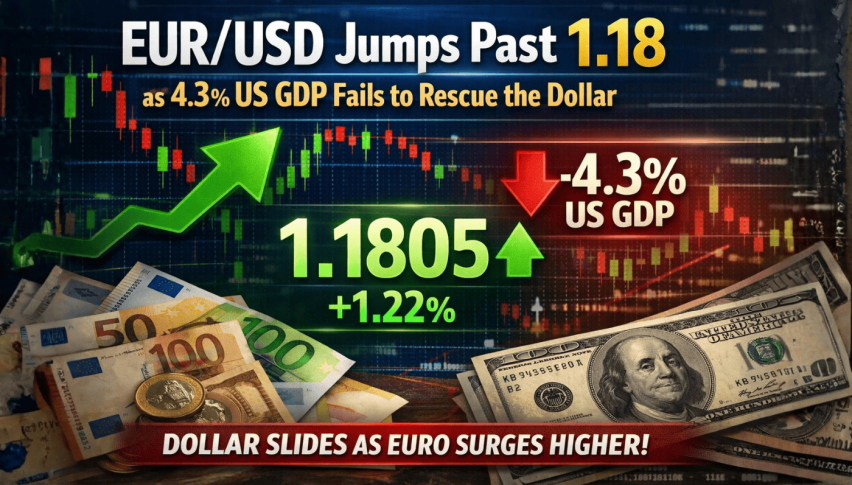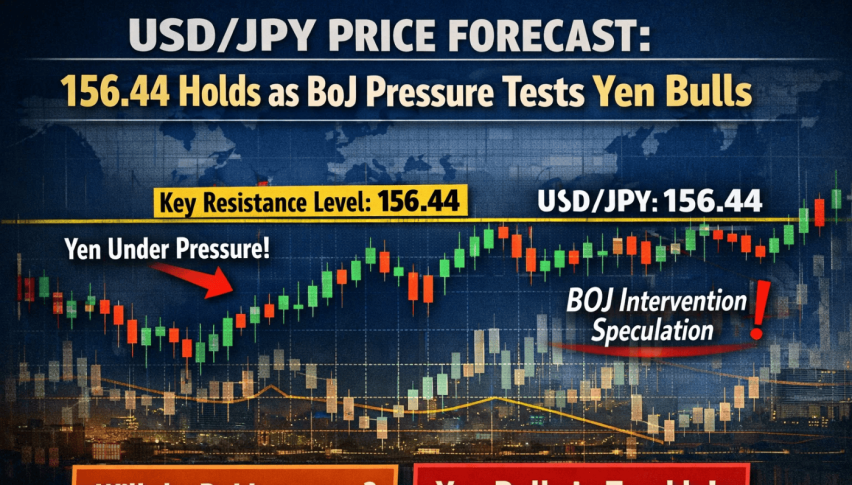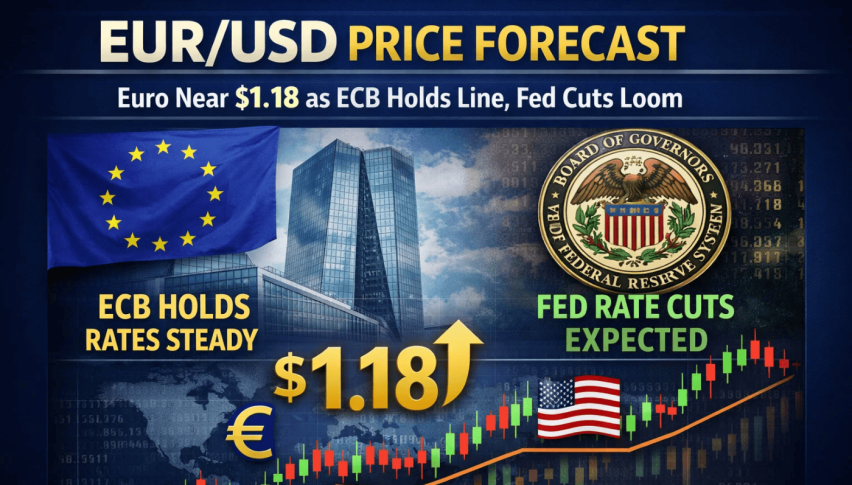WTI Fails to Extend its Bullish Bias of the Previous-Day – A Fundamental Outlook!
During Wednesday's early Asian trading session, the [[WTI]] crude oil prices failed to extend its previous day winning streak and took some
During Wednesday’s early Asian trading session, the WTI Crude Oil prices failed to extend their winning streak of the previous day, taking some fresh offers closer to the $ 41.00 level, mainly after the bigger-than-expected build in US crude stockpiles, which instantly triggered fears of a weak fuel demand and contributed to the losses in crude. Apart from this, the renewed concerns over the global economic recovery, amid the rising number of COVID-19 cases, tends to undermine the oil demand and drag the oil prices lower.
The delay in the US COVID-19 aid package has also exerted downside pressure on the crude oil prices. Across the pond, the geopolitical tensions between China and some notable countries like the US, also played a leading role in undermining crude oil prices. On the other hand, the fresh bullish trend in the broad-based US dollar, triggered by the risk-off market sentiment, has added a further burden to the crude oil prices, as the price of oil is inversely related to the price of the US dollar.
On the contrary, the positive talks between the UK and the European Union over the Brexit trade deal have become a key factor that is helping to limit deeper losses in the crude oil prices. In the meantime, the losses in crude were somewhat capped by the hopes that OPEC and its allies will postpone the increase in oil output planned for January. At the moment, crude oil is trading at $ 41.20 and consolidating in the range between 41.08 and 41.4.2
The bigger-than-expected build in US crude stockpiles dragged the crude oil prices lower, as it sparked fears of a slow recovery in the fuel demand and a potential supply glut. On the data front, the American Petroleum Institute (API) announced overnight that US crude inventories had increased by 4.2 million barrels last week, versus analysts’ expectations for a build of 1.7 million barrels.
Apart from this, the fears of rising numbers of COVID-19 cases in the US, Europe and some of the notable Asian nations, including Japan, are continually fueling worries over global economic recovery, which has undermined the crude oil prices. As per the latest report, the USA is continuously reporting record numbers of new COVID-19 cases, hospitalization rates and deaths. The UK, Europe and Japan have also recorded the highest number of cases, with approximately 54.8 million cases globally, which in turn is pushing the major economies towards another round of national lockdowns. The latest updates suggest that Tokyo’s alert levels will be raised to the maximum, in an effort to curb the spread of the virus. This, in turn, has exerted downside pressure on the market risk tone and contributed to the losses in the oil prices.
Elsewhere, the US, the failure of Congress to offer any major clue over the stimulus package is also playing a major role in undermining the crude oil prices. In the meantime, the rising tensions between the United States and China continued to pick up pace, which eventually put additional pressure on the market sentiment, contributing to the losses in crude.
As a result, the broad-based US dollar managed to extend its overnight bullish bias, taking further bids on the day, amid a risk-off market sentiment, which tends to underpin the safe-haven US dollar. However, the gains for the greenback could be short-lived or temporary, amid worsening coronavirus (COVID-19) conditions in the US and the delay in the release of a US COVID-19 aid package, which cites fears of an economic slowdown. This was witnessed after the release of the less positive US retail sales data. Thus, the gains in the US dollar could also be a key factor that has kept the crude oil prices down, as the price of oil is inversely related to the price of the US dollar. At the same time, the US Dollar Index, which tracks the greenback against a bucket of other currencies, rose to 94.037.
Retail Sales increased by 0.3% last month, which was less than the consensus forecast of a 0.5% gain. September’s initial 1.9% increase was revised down to 1.6%, as per the Commerce Department.
On the contrary, the positive talks between the UK and the European Union over Brexit have become a key factor that is helping to limit deeper losses in crude. As per the latest report, France is easing somewhat over its fisheries demands, and as a result, the UK and the European Union (EU) are inching closer to a Brexit trade deal.
Looking forward, the traders will keep their eyes on the US Housing data and Aussie Employment Change data. In the meantime, the risk catalysts, like coronavirus updates and vaccines, will not lose their seats. Good luck!
- Check out our free forex signals
- Follow the top economic events on FX Leaders economic calendar
- Trade better, discover more Forex Trading Strategies
- Open a FREE Trading Account


